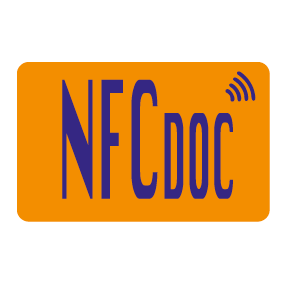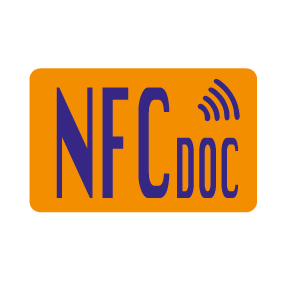Xerafy Mercury Metal Skin is a high-performance UHF RFID label designed for asset tracking on metal surfaces. Perfect for Aerospace & Defense, Industrial Asset Monitoring, IT Asset Management, Healthcare & Medical Equipment

The Xerafy Mercury Metal Skin is a high-performance UHF RFID label designed for asset tracking on metal surfaces. It offers flexibility, durability, and strong read performance, making it ideal for industrial applications.
The Xerafy Mercury Metal Skin is a revolutionary RFID smart label designed for both metallic and non-metallic assets.
technical description of xerafy Mercury Metal Skin
- Material: Flexible label made from durable materials, optimized for curved surfaces like cylinders and drums.
- Temperature Resistance: Operates between -40°C to +85°C, ensuring reliability in extreme conditions.
- RF Protocol: EPC global Class 1 Gen 2, ISO 18000-6C, with a frequency range of 860-960 MHz (global compatibility).
- IC Type: NXP UCODE 9 / Impinj Monza R6-P.
- Memory: Features 96 bits EPC, 96 bits TID, and 32 bits user memory.
- Read Range: Up to 26.25 ft (8 m) on metal surfaces and up to 19.69 ft (6 m) off metal surfaces.
- Mounting Options: Uses industrial adhesive for secure attachment to various surfaces.
- IP Rating: IP68, offering protection against dust and water ingress.
- Printable Features: Designed with a printable surface ideal for human-readable details, barcodes, and graphics. Equipped with linear polarization and an optimized radiation pattern to ensure consistent and reliable performance.
- Printer Compatibility: Designed to work seamlessly with models like the Sato CL4NX, Zebra ZT411R, Postek TX3r, and TSC Printronix T6000e.
This tag is particularly suited for applications such as IT asset tracking, global supply chain management, and product authentication. Let me know if you’d like to explore its applications further!
applications of xerafy Mercury Metal Skin
The Xerafy Mercury Metal Skin is a high-performance UHF RFID label designed for asset tracking on metal surfaces. It is widely used in various industries due to its flexibility, durability, and strong read performance. Here are some key applications:
1. Industrial Asset Tracking
- Used in manufacturing and logistics to track tools, equipment, and machinery.
- Helps improve inventory management and operational efficiency.
2. IT Asset Management
- Enables accurate tracking of servers, laptops, and data center equipment.
- Helps prevent loss and unauthorized movement of assets.
3. Healthcare & Medical Equipment
- Used in hospitals and clinics to track medical devices and instruments.
- Ensures efficient asset utilization and reduces misplaced equipment.
4. Returnable Transport Items (RTIs)
- Helps track pallets, containers, and reusable packaging in supply chains.
- Improves logistics visibility and reduces losses.
5. Work-in-Progress (WIP) Tracking
- Used in production lines to monitor components and assemblies.
- Enhances workflow efficiency and reduces errors.
6. Aerospace & Defense
- Enables tracking of aircraft components and military equipment.
- Ensures compliance with regulatory standards.
These RFID labels are designed for harsh environments and provide reliable tracking even on curved or irregular surfaces. You can explore more details here.
How to customize
Applicable for Mercury Metal Skin, Delta Metal Skin, Platinum Metal Skin, Platinum Metal Skin
Standard tagging solutions that are fully personalized for RFID systems, to the exact specifications of the critical assets and equipment they are tracking.
Service Bureau customization options are available to mark and program RFID tags.
On the other hand, RFID labels printing can be done in the field or taken care of by the Service Bureau.
And for unique requirements and features, it is also possible to custom build a tagging solution.
Customized using physical markings to feature an asset identification number, a barcode, or a logo for instance.
Custom asset tags can be custom marked in the field, or be taken care of by the Service Bureau of the manufacturer or distributor.
encode
Programmable tags use RFID chips that are specifically designed with memory that can be written.
This allows for the tags to be encoded with custom EPC ranges for unique identification, serialized or unserialized.
The quantity of information that can be encoded will depend on the specifications of the chip being used.
RFID Engineering
Can be designed specifically for a tracking system’s application and deployment requirements: Form factor, material, mounting system, read range, accuracy, user memory, fixed and/or handheld RFID readers, on-site printers and encoders, software configuration.
Connected assets are an example of custom-built RFID tagging solutions that refer specifically to equipment that OEMs have designed with RFID and IOT features built-in.
If you need more details about this specific subject, MAIL TO
SELECT THE PRODUCT OF YOUR INTEREST (sib)




